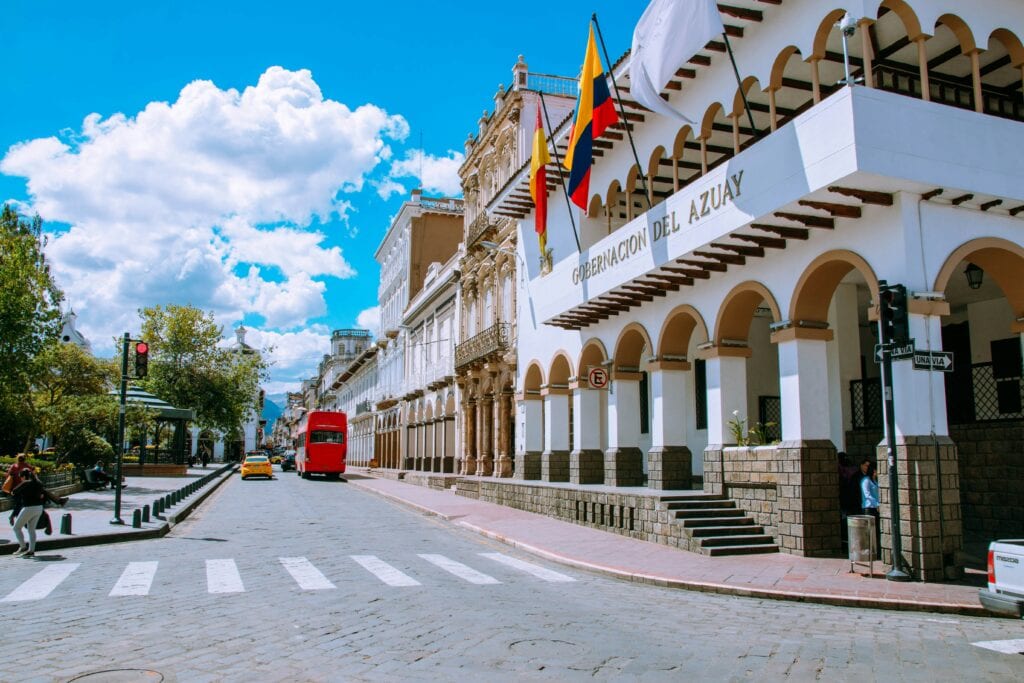South America is full of iconic landmarks and busy cities, but open-minded travelers can still find entire towns and natural wonders that most tourists miss. Travelers searching for authentic culture and striking landscapes will find true value in exploring underrated cities and less-visited destinations across this continent. From quiet colonial towns to remote beaches and valleys, there are countless places that offer a unique view of South American life without the usual crowds.
Hidden gems like Argentina’s Quebrada de Humahuaca, Uruguay’s Cabo Polonio, or the lively riverside town of Concepción in Paraguay each offer something special to visitors. These places have their own stories, traditions, and natural beauty just waiting to be explored. For those interested in seeking new adventures, discovering these lesser-known cities and sights can be rewarding, peaceful, and full of surprises, as seen in this collection of underrated destinations in South America.
Key Takeaways
- South America has many hidden gems beyond the typical tourist spots.
- Underrated cities offer unique culture, scenery, and fewer crowds.
- Exploring off-the-beaten-path places leads to authentic travel experiences.
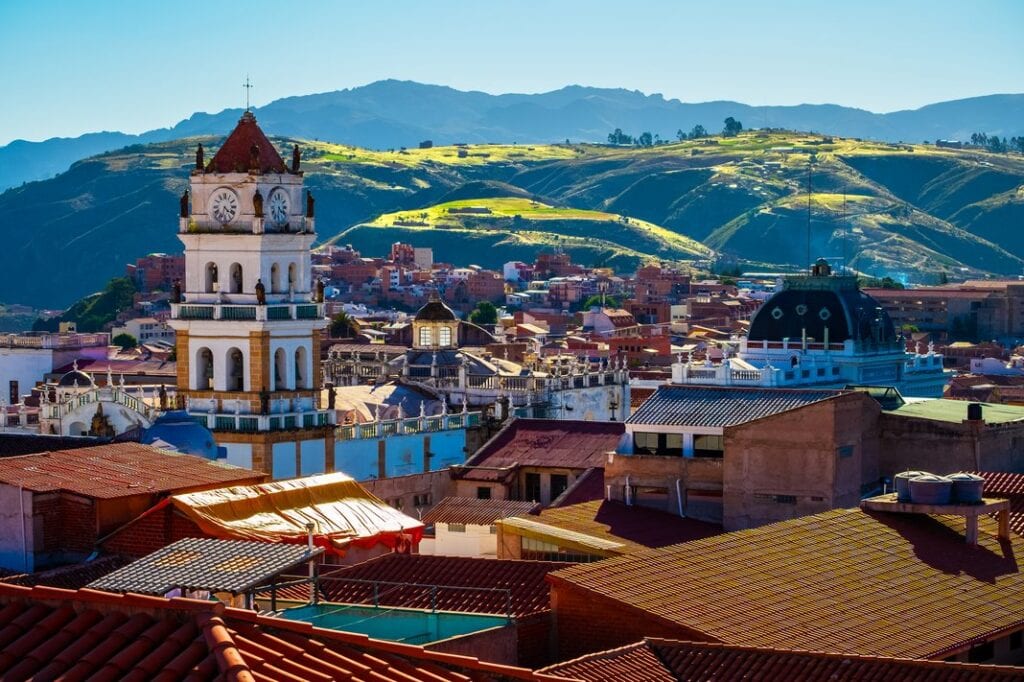
Why Explore Hidden Gems in South America?
Underrated destinations in South America offer travelers more than just pretty views. These places allow visitors to experience new cultures, escape crowded attractions, and discover unique landscapes.
Benefits of Visiting Underrated Destinations
Many hidden gems are less crowded than popular sites like Rio de Janeiro or Machu Picchu. This means travelers can explore at their own pace without long lines or busy streets. Smaller cities and villages, such as Salento in Colombia or Tafí del Valle in Argentina, are often more relaxed and offer a slower way to travel.
Exploring lesser-known places can be more affordable. Hotels, meals, and activities usually cost less outside major tourist hotspots. This lets travelers stretch their budgets further while supporting local businesses that depend on tourism.
These destinations are filled with distinct attractions, such as colorful colonial towns, quiet beaches, and untouched wilderness. Travelers can discover stunning natural wonders and places with rich history—often missed by those who stick to the main circuit. For a list of such places, see these unique hidden gems in South America.
Avoiding Over-Tourism and Finding Authenticity
Over-tourism can hurt both the environment and local communities. Cities overwhelmed with visitors often see rising prices, crowded neighborhoods, and damage to natural sites. By choosing under-the-radar destinations, travelers help relieve pressure on the most popular spots.
Less-visited places often keep their traditional charm. Travelers are more likely to meet locals, walk uncrowded streets, and experience daily life away from large tour groups. This provides a more authentic and peaceful travel experience.
Instead of seeing only souvenir shops and packed plazas, visitors might attend local markets, festivals, or workshops. These activities give a true sense of place and make each trip feel special. Choosing hidden gems helps balance tourism across South America’s unique locations.
Experiencing Local Culture and Isolation
Travelers seeking a deeper connection with culture and nature are often drawn to remote destinations. In these places, isolation is not a drawback—it’s a highlight. Towns like Cerro Castillo in Chile or Canoa in Ecuador offer the chance to unplug and engage with the community.
Staying in secluded areas, travelers might join a traditional meal, watch artisans at work, or learn about Native customs. Isolation from busy cities means daily life unfolds at a slower, more welcoming pace.
Many hidden gems are surrounded by wild landscapes, such as mountains, deserts, or rainforests. This setting lets travelers hike, explore, and enjoy solitude—making the trip both peaceful and memorable. Visitors often return with stories of quiet adventures, personal encounters, and unforgettable scenery. For more examples, browse these off-the-beaten-path spots.
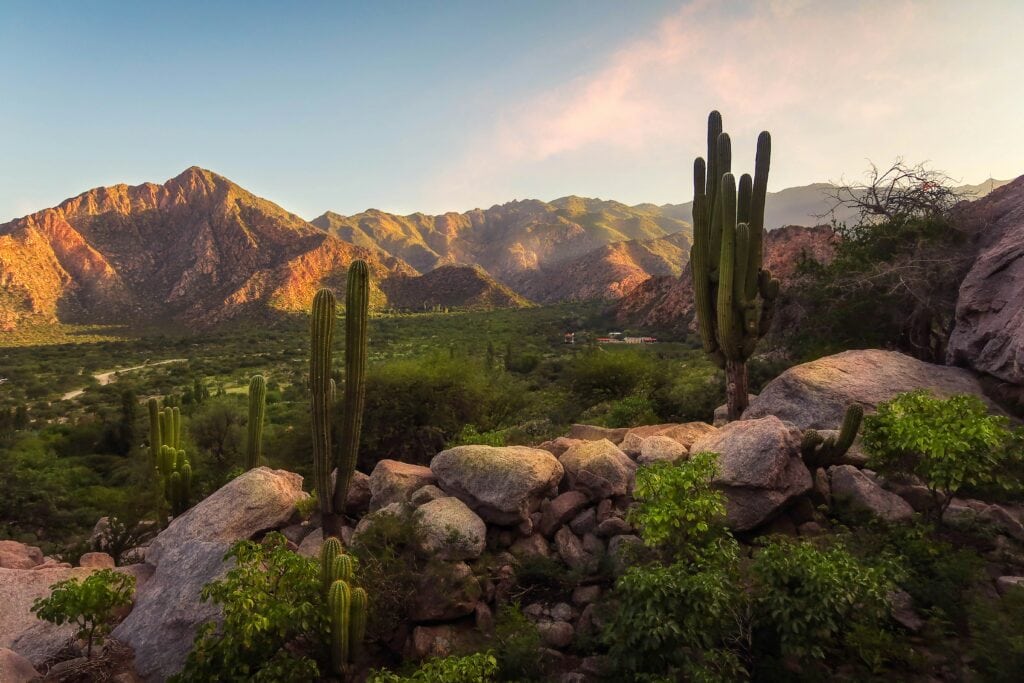
Underrated South American Cities to Visit
Travelers interested in rich colonial history, unique Andean culture, and peaceful old towns can find memorable cities across South America. Several less-crowded locations offer local traditions, breathtaking architecture, and distinctive attractions.
Salta, Argentina: A Fusion of Andean Culture and History
Salta sits in the northwest of Argentina. The city is known for its well-preserved colonial buildings, warm plazas, and local charm.
One of the main highlights is the Museum of High Altitude Archaeology, which features ancient artifacts and mummies from the nearby Andes mountains. The surrounding Calchaquí Valleys offer views of canyons, colorful mountains, and vineyards. Visitors can take the Train to the Clouds, a famous railway reaching almost 4,000 meters above sea level.
Local culture is on display during folk music festivals and traditional food markets. Salta’s empanadas are especially popular, and many restaurants serve local wines at lower prices than in bigger cities. For more about why Salta stands out, see this guide to underrated South American cities.
Sucre, Bolivia: The White City’s Colonial Charm
Sucre, often called the “White City,” is Bolivia’s historic capital and home to striking colonial architecture.
The city’s old center, recognized as a UNESCO World Heritage site, has peaceful streets lined with whitewashed buildings and old churches. Visitors can explore lively markets selling traditional Yampara hand-woven crafts or visit the impressive La Glorieta Castle.
Sucre also offers access to the Maragua Crater for those interested in natural sites. The weather stays mild through most of the year, making city strolls comfortable and pleasant. Comfortable accommodations are available at affordable prices, making Sucre both a relaxing and culturally rich destination. For a well-rounded look at Sucre’s highlights, check out this article on Bolivia’s hidden marvels.
Barichara, Colombia: Timeless Tranquility
Barichara, in the Santander region, remains one of Colombia’s best-preserved colonial cities. Due to its remote location, Barichara receives fewer visitors, giving it an air of tranquility and authenticity.
The town’s cobblestone streets and white stone houses look much like they did a century ago. Travelers can visit the open-air sculpture museum or the historic El Mirador viewpoint for views over the surrounding valleys. Several old chapels offer a glimpse into Barichara’s religious history.
Barichara is known for its relaxed pace and walkable layout. Local cafes serve traditional foods, and hiking trails connect the town to small villages nearby. For further details, see this overview of underrated Colombian destinations.
Cuenca, Ecuador: Colonial Heritage and Vibrant Streets
Cuenca, often called the “Athens of Ecuador,” features a mix of colonial history and lively contemporary culture.
The city is recognized for its well-preserved old town, with cobblestone streets, colorful houses, and beautiful cathedrals. Archaeological sites around Cuenca reveal the region’s long history, while local workshops produce the famous Panama hat.
Art galleries, museums, and street fairs reflect a strong artistic tradition. Food lovers can enjoy Ecuadorian dishes such as hornado (roasted pork) at market stalls or family-owned restaurants. Cuenca is also a hub for handcraft shopping, making it a good spot for unique souvenirs. To learn more, visit this detailed guide to unique cities in Ecuador.
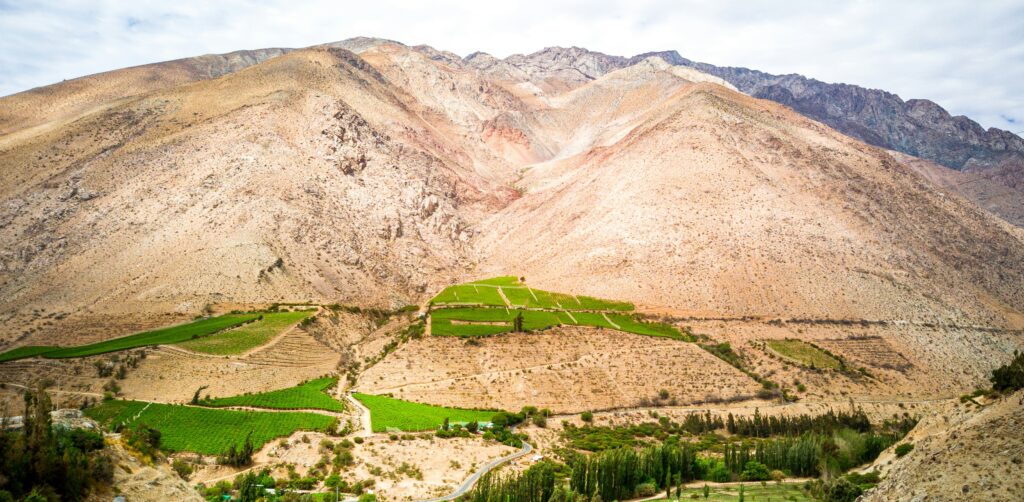
Unique Hidden Places and Natural Wonders
Travelers can discover colorful valleys shaped by ancient geology, explore early civilizations, spot rare wildlife, and gaze at some of the world’s clearest night skies. These off-the-path destinations each offer something distinct, including natural beauty, rich history, and special wildlife sightings.
Quebrada de Humahuaca, Argentina: Multicolored Valleys
Quebrada de Humahuaca is a striking valley in northern Argentina. The landscape here is famous for its layered hills in shades of red, purple, yellow, and green. The rainbow colors of the mountains are best seen in the early morning or late afternoon.
The valley is shaped by millions of years of geological activity. It is also a UNESCO World Heritage Site because of its history as a trade route, stretching back over 10,000 years.
Traditional Andean villages dot the area, including Purmamarca and Tilcara. Travelers can visit the adobe houses, walk through local markets, and learn about the region’s Indigenous cultures. Many come to see the famous “Hill of Seven Colors” near Purmamarca.
The region’s mix of archaeology, living tradition, and dramatic scenery makes it one of Argentina’s natural highlights. Find more about this colorful gem in guides to hidden gems in South America.
Chachapoyas & Pre-Incan Ruins, Peru
Chachapoyas is a small city in Peru’s north, not as busy as other historic areas. It is surrounded by cloud forest, mountains, and old ruins. The area is known for the Chachapoya people, who lived before the Inca and built special stone cities and tombs.
Kuelap is the most famous site here. Kuelap is a walled fortress set high in the mountains with hundreds of round stone houses inside. Some call Kuelap the “Machu Picchu of the North,” but it is much quieter and less crowded. Many ancient cliff tombs and mummies have been found in caves along nearby cliffs.
The town of Chachapoyas has colonial charm, small restaurants, and serves as a base for exploring the area’s pre-Inca past. Travelers can hike to Gocta Falls, one of the tallest waterfalls in the world. For more travel ideas in lesser-known regions, see this South American hidden gems guide.
Pantanal, Brazil: South America’s Wildlife Paradise
The Pantanal is the world’s largest tropical wetland. It is less famous than the Amazon, but it is actually one of the best places on the continent to see animals up close.
Every year, seasonal rains flood the area, attracting countless species. The Pantanal is home to giant otters, capybaras, caimans, jabiru storks, and giant anteaters. It is the top wild jaguar watching spot in the world. Birdwatching is excellent, especially during the dry season.
Nature lovers can take boat tours, ride horses across grassy plains, or stay at working cattle ranches called pantaneiros. The abundance of wildlife and the ease of sightings makes the Pantanal a must-see for animal lovers in South America. See detailed info on wildlife gems in South America.
Elqui Valley, Chile: Stargazing and Vineyards
Elqui Valley in northern Chile offers some of the clearest skies in the world. Dry air, high elevation, and little light pollution make the valley a top place for stargazing. Major observatories, like Mamalluca, allow travelers to look at the stars and planets using powerful telescopes.
The green valley is also famous for vineyards and orchards growing grapes for pisco, Chile’s national grape spirit. Small towns like Vicuña have relaxed plazas and quirky museums.
Visitors can tour local distilleries, taste fresh juices or pisco, and hike among the surrounding Andean peaks. The mix of astronomy, local drinks, and tranquil landscape makes Elqui a unique place for a quiet escape. For more on unusual places like this, check the list of underrated destinations in South America.
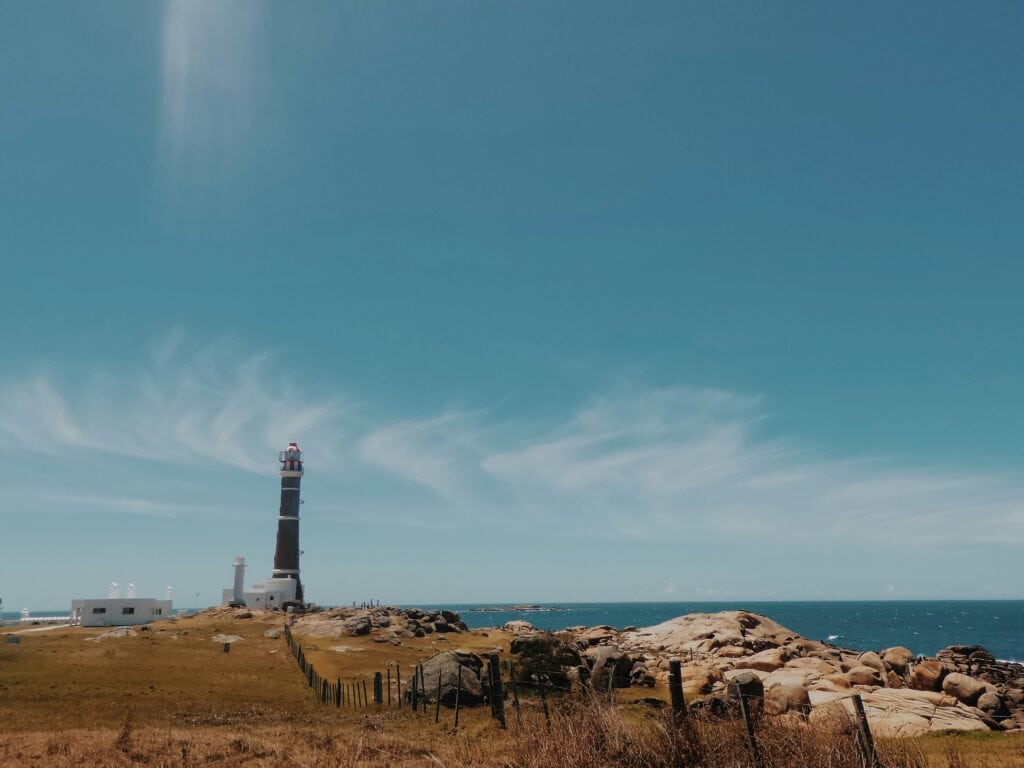
Other Noteworthy Secluded Destinations
Remote towns and hidden beaches across South America offer unique travel experiences far from crowds. These places appeal to those interested in culture, peaceful nature, and wildlife encounters in lesser-known destinations.
Cabo Polonio, Uruguay: Off-the-Grid Beaches
Cabo Polonio is a tiny coastal village set along Uruguay’s Atlantic shore. It’s known for its sweeping sand dunes, wild beaches, and eco-friendly vibe. There are no roads leading into the village; visitors must take a special 4×4 vehicle over sand tracks from the nearest park entrance.
This area has no electricity poles or paved streets, so nights are lit by lanterns and starry skies. Cabo Polonio is home to one of the largest sea lion colonies in South America, often visible lounging on the rocks near the old lighthouse.
The few rustic guesthouses and beach cabanas encourage a slow pace. Cabo Polonio is ideal for travelers who want to disconnect, walk vast empty beaches, and enjoy simple seafood meals. Surfing, hiking, and sandboarding are popular activities, and the sound of waves is ever-present.
| Activity | Experience |
|---|---|
| Wildlife | Sea lions, birds |
| Adventure | Sandboarding, hiking |
| Relaxation | Beach walks, sunsets |
Punta Sal, Peru: Serene Coastal Getaway
Punta Sal sits on Peru’s northern Pacific coast, known for its soft sand and year-round sunshine. This small town is less crowded than Peru’s main beach resorts, providing a peaceful escape for couples, families, or anyone who wants quiet time by the sea.
Accommodations range from comfortable hotels to simple beachfront bungalows. The sea is warm and usually calm, making it great for swimming and paddleboarding. Locals offer boat tours for dolphin-spotting and seasonal whale watching.
Fresh fish and ceviche are highlights in Punta Sal’s local restaurants. Travelers appreciate the relaxed atmosphere and easy access to activities. The town is also a launching point for exploring the nearby mangroves and coastal wildlife reserves.
Key wildlife sightings: dolphins, whales (July–October), pelicans
Best time to visit: May to November for mild weather
Mocoa, Colombia: Gateway to the Amazon
Mocoa is a small city in southern Colombia, surrounded by hills and lush rainforest. It is considered a doorway to Colombia’s Amazon region and is most famous for the Fin del Mundo waterfall.
Adventurous travelers hike through the jungle to reach the 75-meter-tall falls, swimming in natural pools below. The surrounding nature reserves host monkeys, colorful birds, butterflies, and many plant species found only in the Amazon basin.
Local guides offer trips into the rainforest for wildlife watching and learning about Indigenous cultures. Visitors can also tour local markets selling tropical fruits, Amazonian herbs, and handmade crafts. Mocoa is best for travelers seeking an authentic rainforest experience without major crowds.
| Must-See | Details |
|---|---|
| Fin del Mundo | Hike, swim, photograph |
| Native flora & fauna | Monkeys, toucans, orchids |
| Local culture | Crafts, markets |
Concepción, Paraguay: Wildlife Reserves and Markets
Concepción lies in northern Paraguay, beside the Paraguay River. The city is a quiet base for exploring the country’s lesser-known wildlife areas, such as the Río Negro National Park and the Chaco wetlands.
These reserves are rich in marshes, forests, and savannas, supporting animals like capybaras, howler monkeys, caimans, and hundreds of bird species. Guided boat trips and 4×4 safaris let visitors view wildlife in their natural habitats.
Within the city, Concepción’s lively riverfront and bustling fresh markets are major attractions. Shoppers find tropical fruits, spices, and traditional Paraguayan foods. Colonial-era buildings add to the city’s old-world feel. Concepción is suitable for those seeking wildlife, local markets, and off-the-track travel in Paraguay.
Popular market items: yerba mate, handmade baskets, local cheeses
Wildlife reserves nearby: Río Negro National Park, Chaco wetlands
City features: River views, colonial streets, friendly atmosphere
Links for more on hidden gems in South America can be found at My Global Viewpoint and Top Travel Sights.
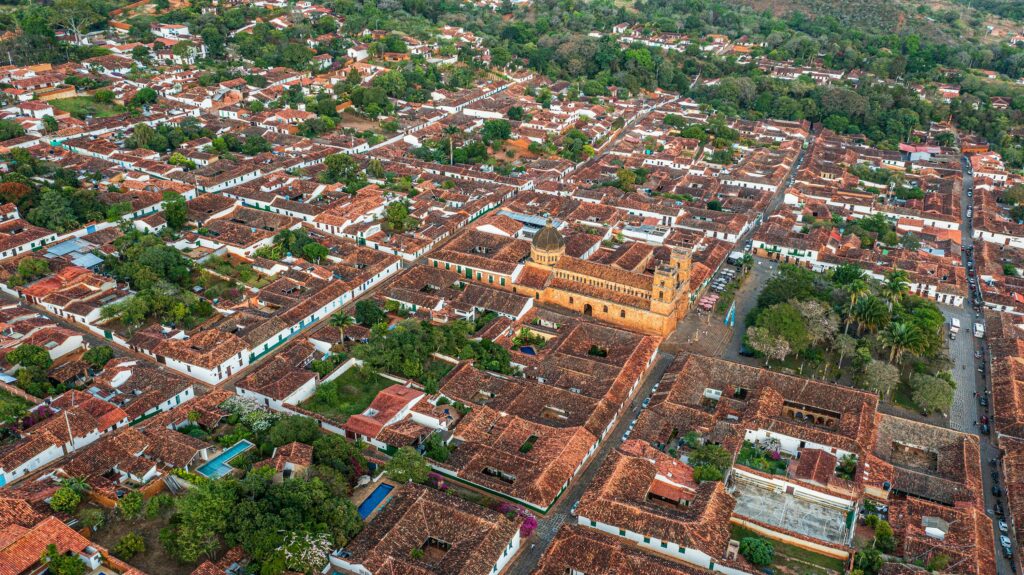
Frequently Asked Questions
Travelers discovering South America will find a range of less crowded cities, tropical escapes, and hidden cultural and natural hotspots. Each location gives visitors a special chance to see something different than the usual destinations.
What are some lesser-known yet must-see destinations in South America?
Salta, Argentina stands out for its Andean scenery, historic architecture, and local wines. Cuenca, Ecuador offers colonial charm and unique cuisine in a mountain setting.
Cities like Potosí in Bolivia, with its mining history, and Colonia del Sacramento, Uruguay, with cobblestone streets, give travelers a real sense of place.
Can you recommend off-the-beaten-path cities in South America that travelers often overlook?
Valparaíso, Chile is known for its colorful street art and lively markets. Tena, Ecuador is a jump-off point for Amazon adventures and has a strong local culture.
Sucre, Bolivia is full of whitewashed buildings and local food. These cities provide an authentic experience without the crowds found in larger capitals. For more unique options, see these hidden gem cities suggested by travel experts.
Which unique tropical locations in South America are ideal for travelers seeking an adventure?
Jericoacoara in Brazil is famous for its dunes, beaches, and relaxed vibe, perfect for water sports and adventure seekers. Santa Marta, Colombia offers easy access to Tayrona National Park, which is packed with wildlife and hiking trails.
Florianópolis, Brazil draws visitors with its islands and surf spots. Each of these destinations is ideal for those who want to mix adventure with time in the sun.
Are there any remote South American locations that offer a unique travel experience?
Ushuaia, Argentina is at the southern tip of the continent and is known as the gateway to Antarctica. Potosí, Bolivia offers a look into South America’s mining history high in the Andes.
Other remote places like San Pedro de Atacama, Chile give travelers a chance to see the world’s driest desert and beautiful night skies.
What are the top underrated cultural hotspots in South America for a deep cultural immersion?
Ouro Preto, Brazil features baroque churches and vibrant art from the colonial period. La Paz, Bolivia has lively markets and indigenous traditions, best seen in its festivals and street life.
Montevideo, Uruguay blends history with local customs in its markets and along its coast. These places offer strong local identity and many cultural events. Explore more underrated cultural destinations for a deeper travel experience.
Where can I find hidden natural wonders in South America away from the usual tourist trail?
San Pedro de Atacama in Chile is famous for moon-like valleys and salt flats. Tena, Ecuador sits at the edge of the Amazon rainforest, offering rafting and wildlife tours.
Paraty, Brazil lies between forested mountains and the sea, with colonial streets and nearby waterfalls. These areas provide easy access to nature without heavy crowds. Check out more hidden gems in South America for travelers looking for natural beauty off the main tourist track.
You Might Also Like:
If you enjoyed this post on Hidden Gems: South America’s Unique Spots, you might also like: Unforgettable Places to Travel in 2025: Your Ultimate Bucket List Guide, The Ultimate Guide to Travel Planning: Sites You Need, 10 of the World’s Most Beautiful Places
